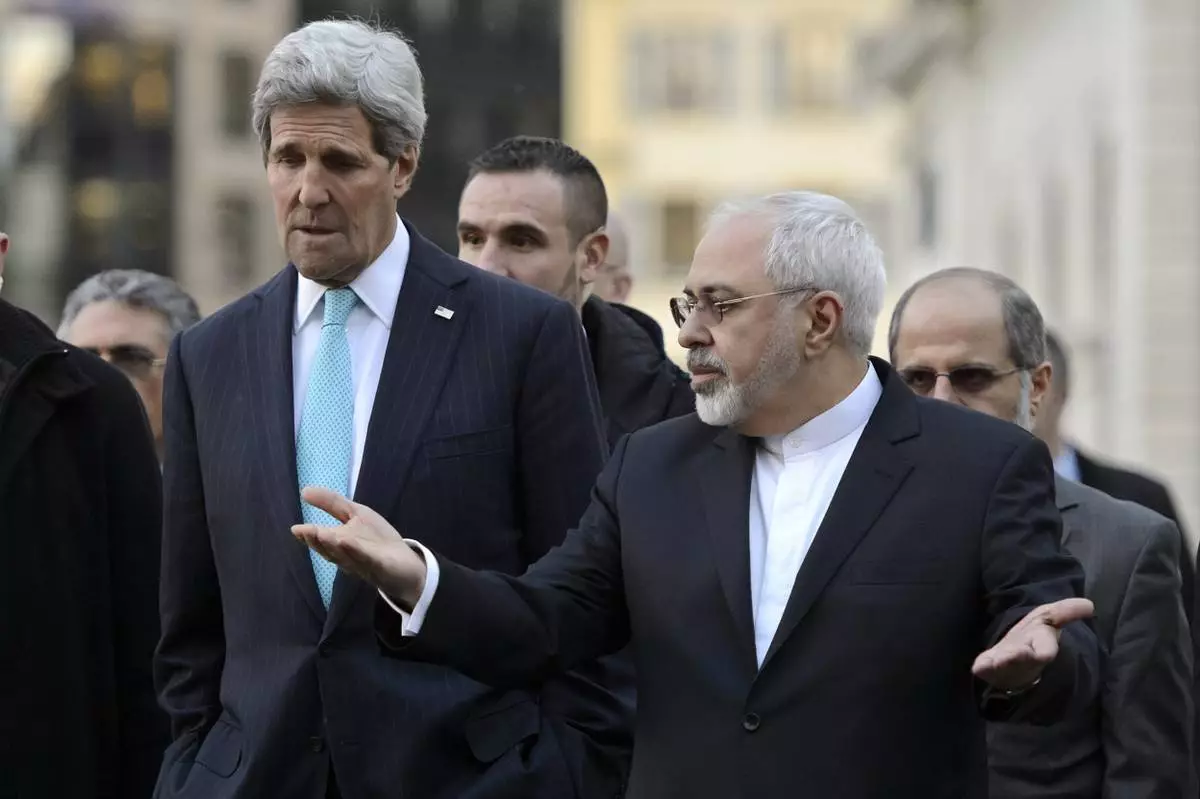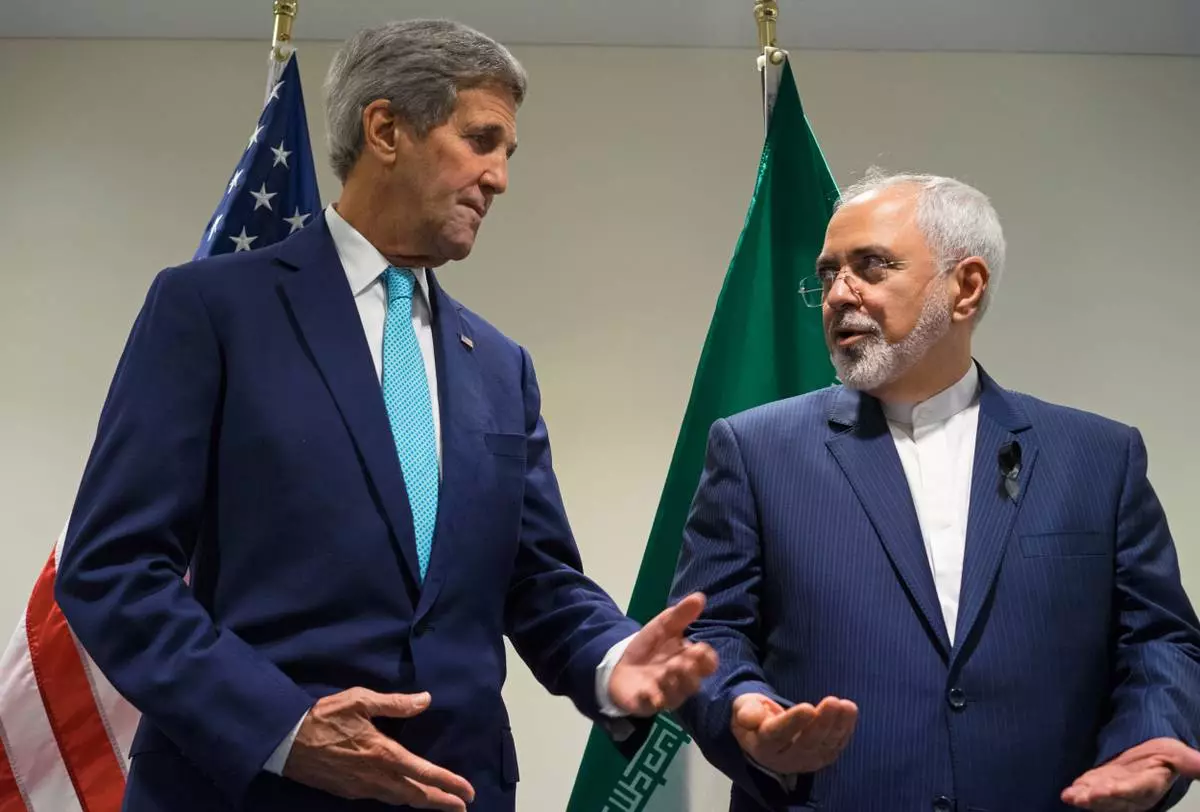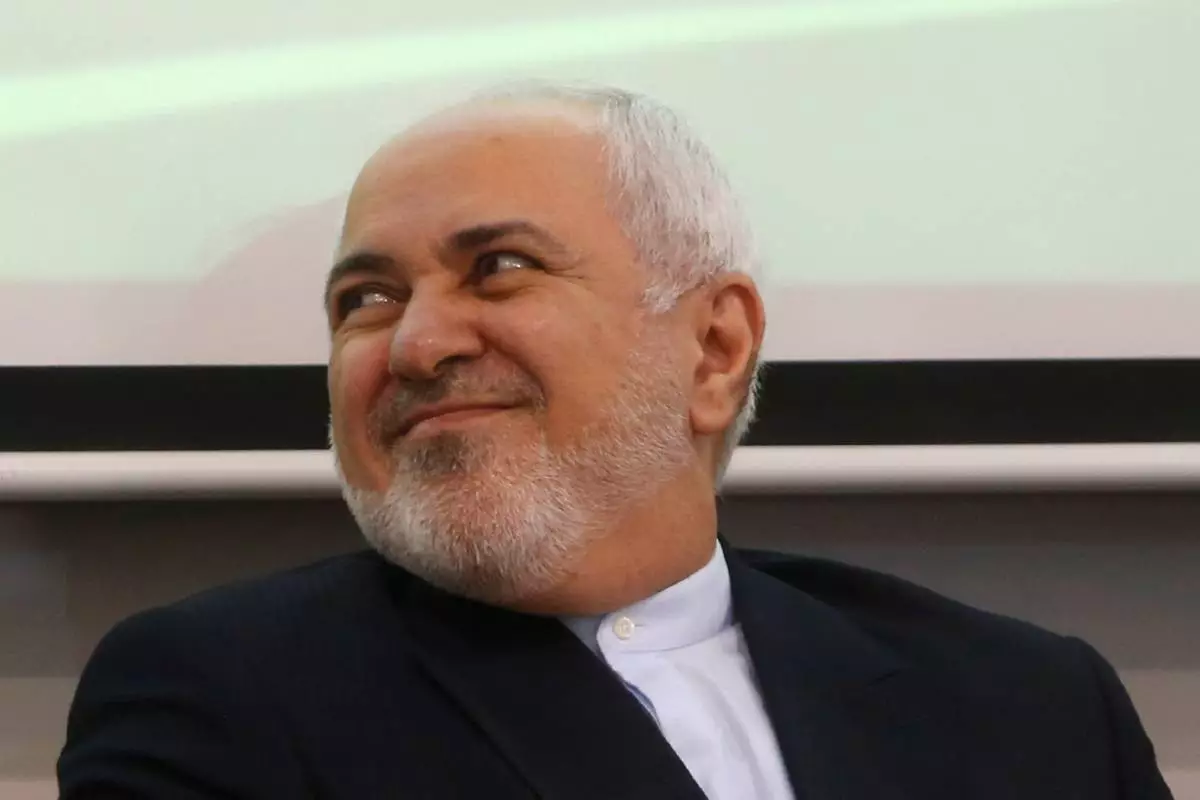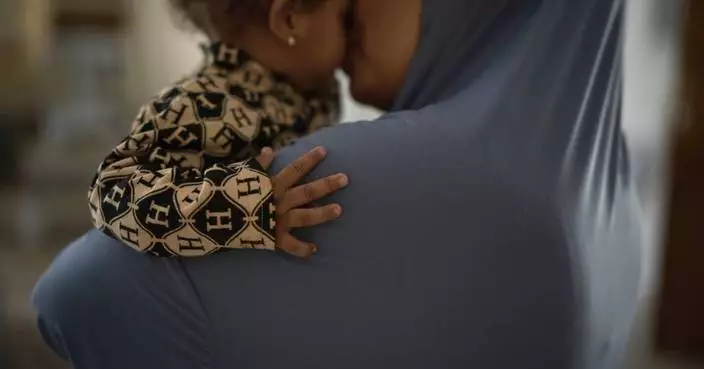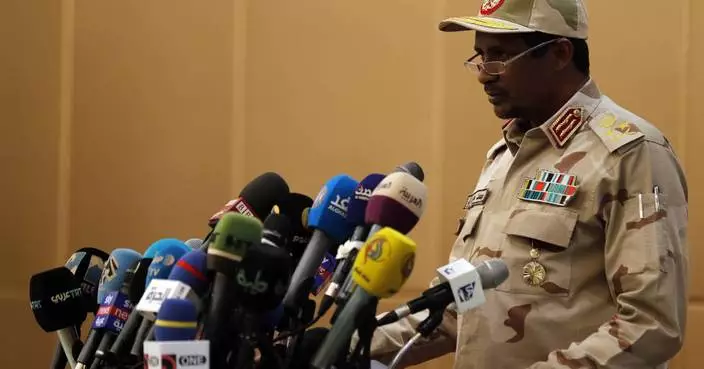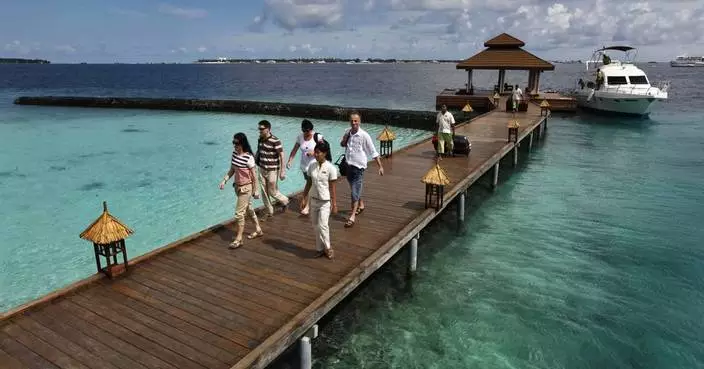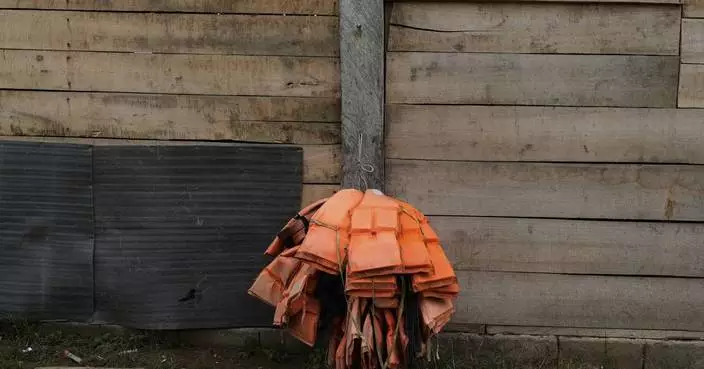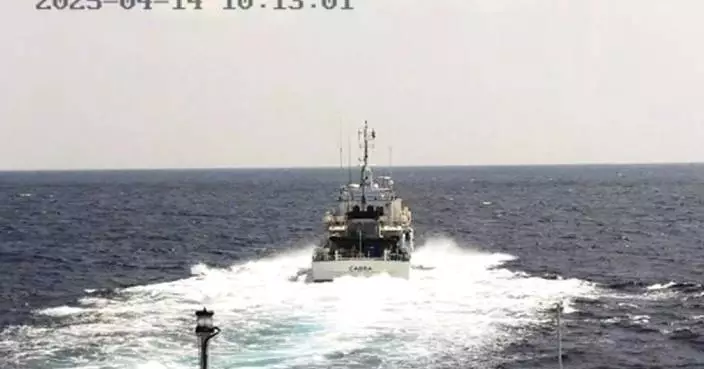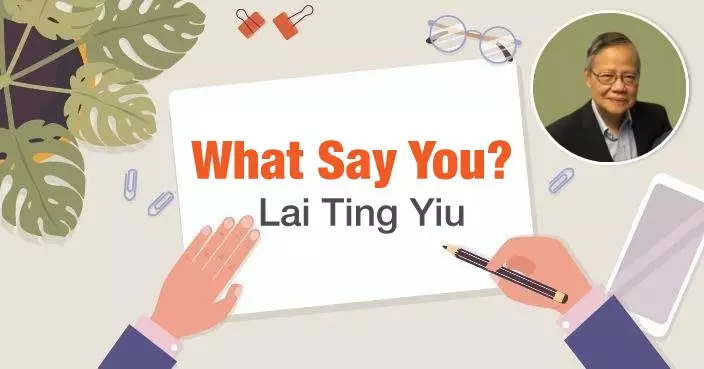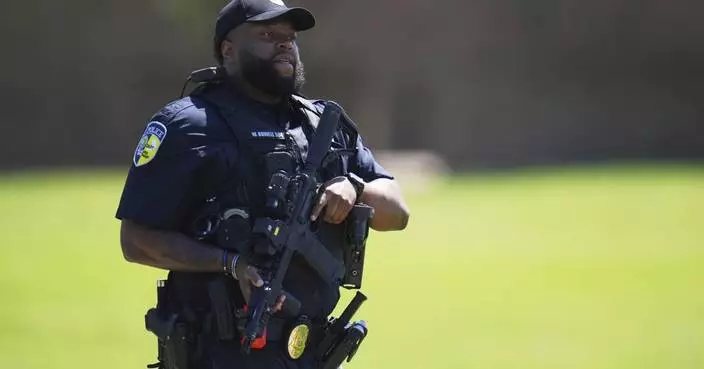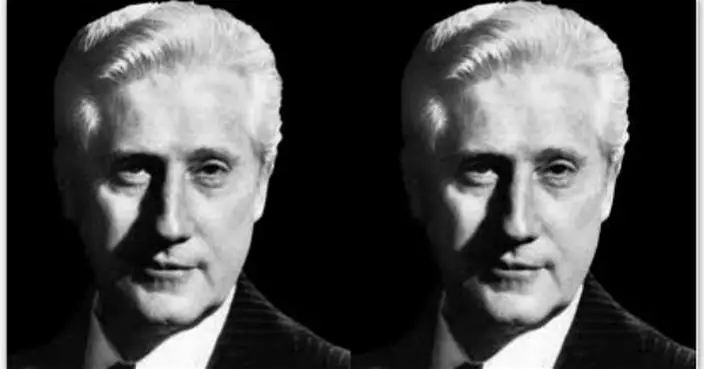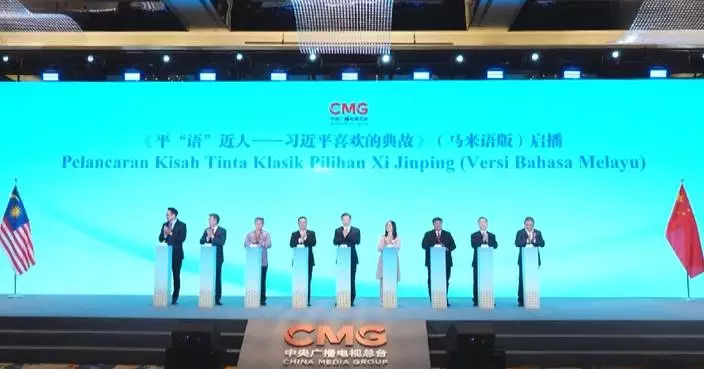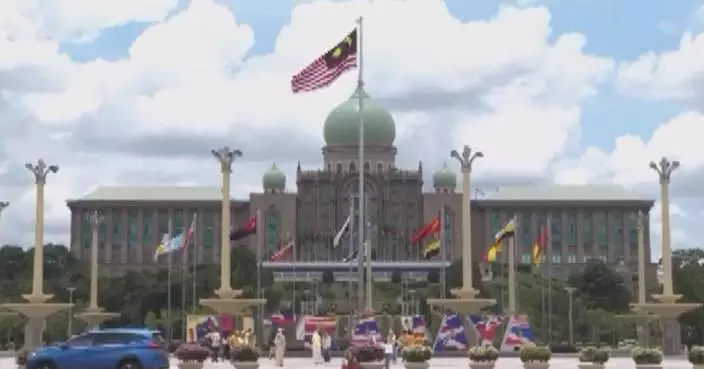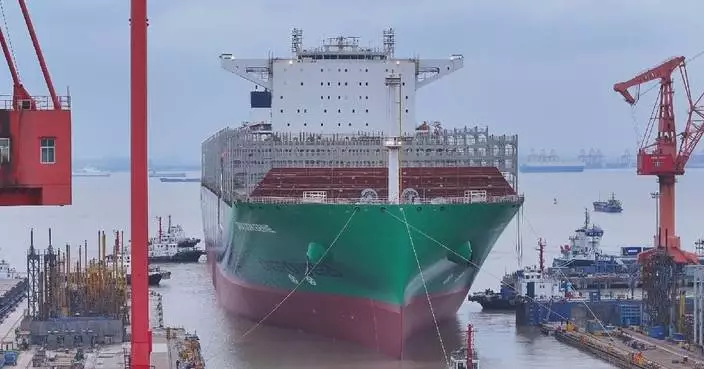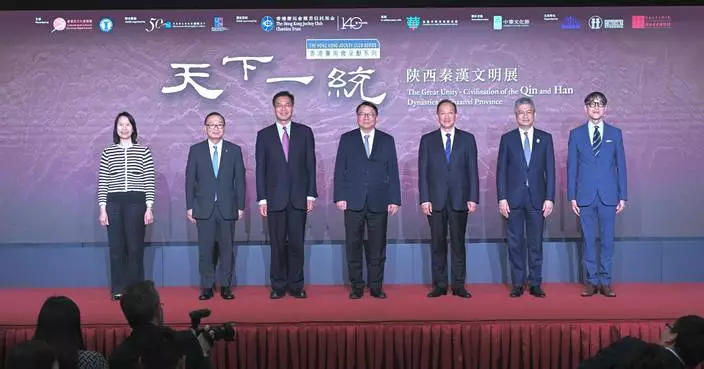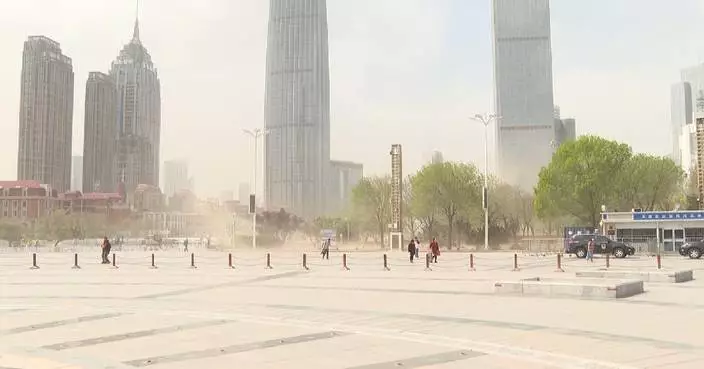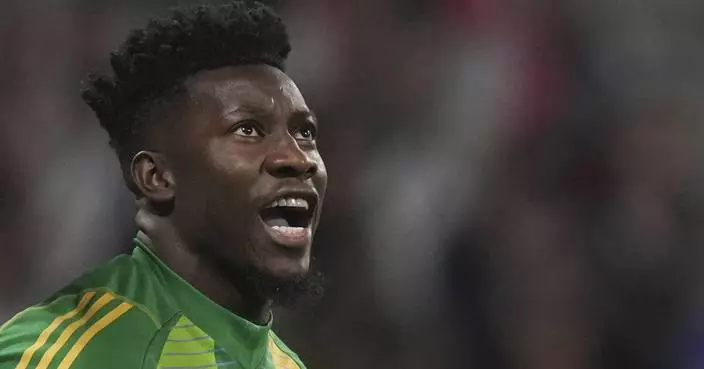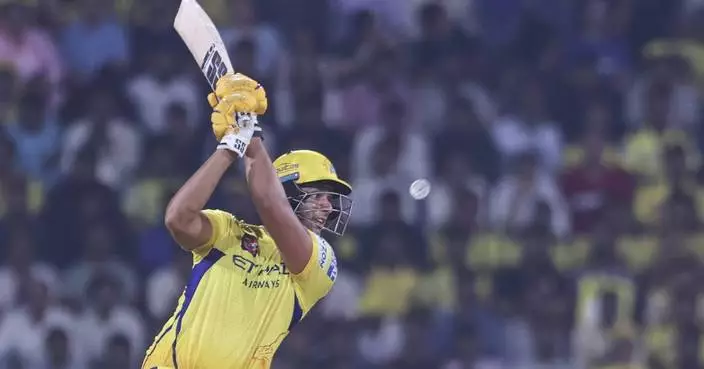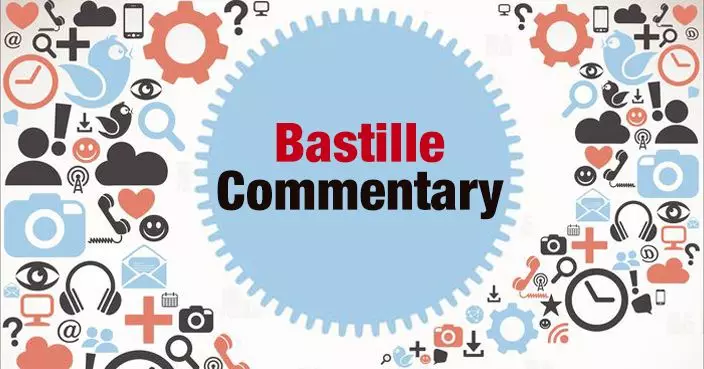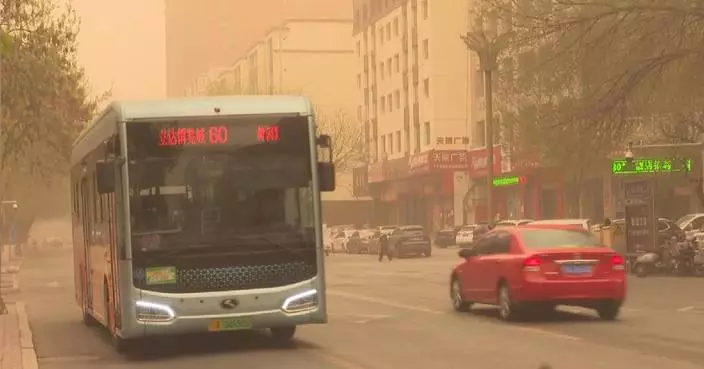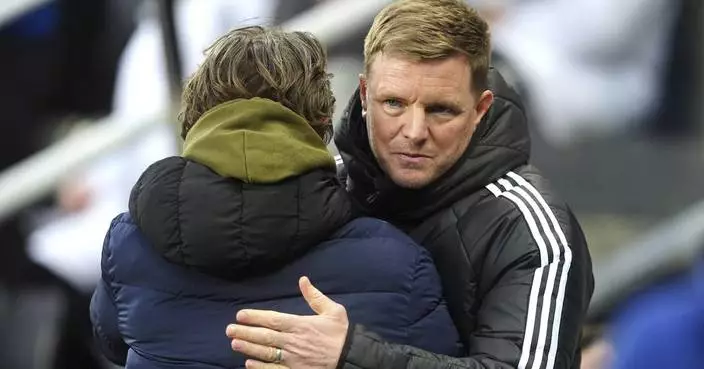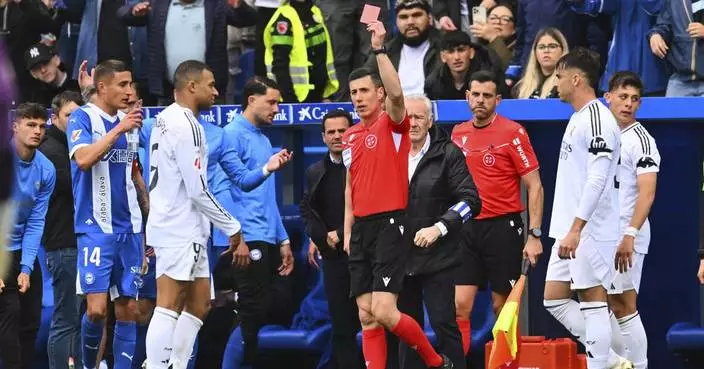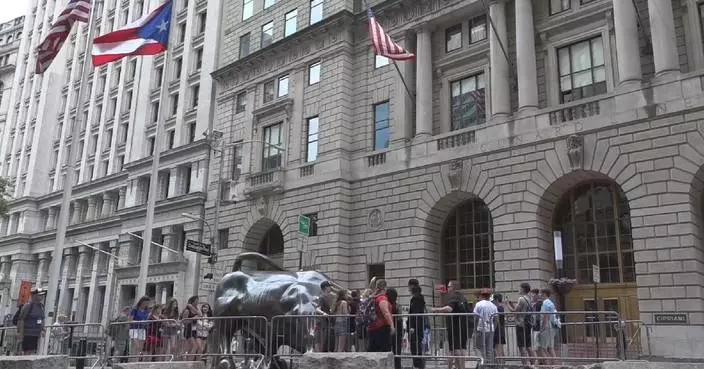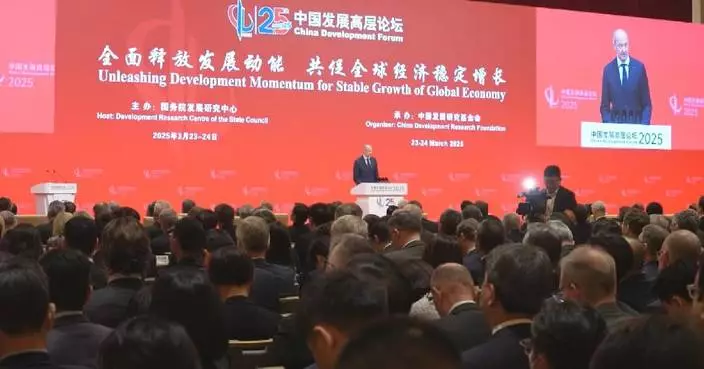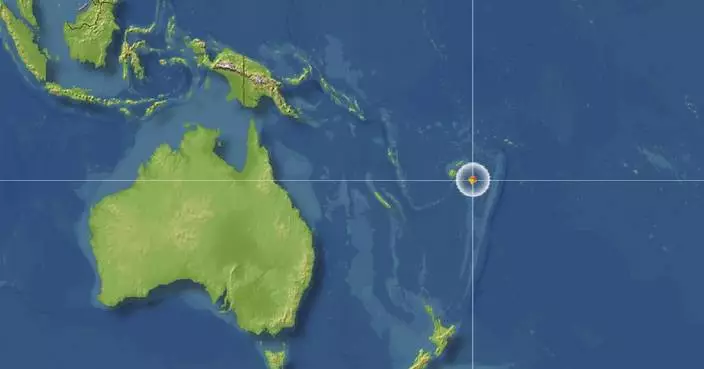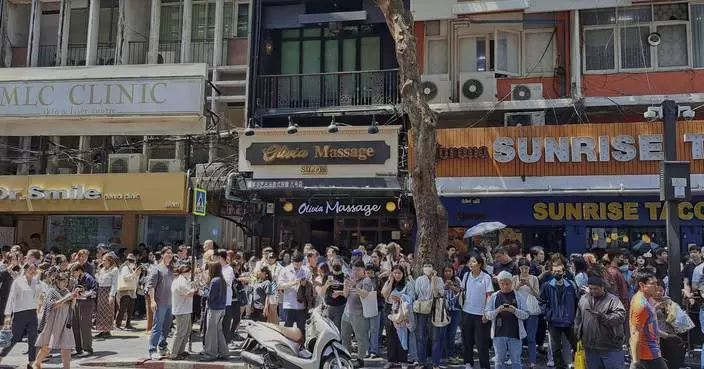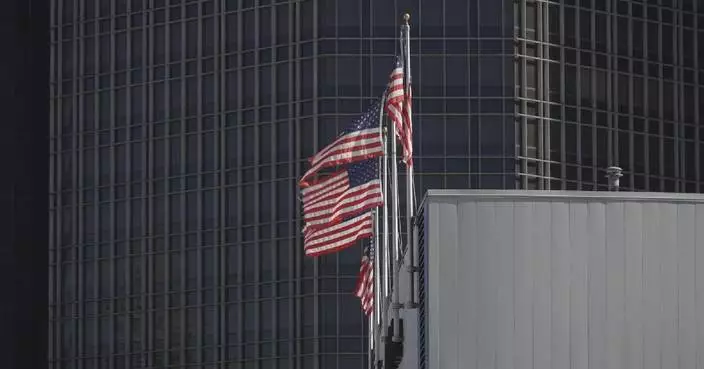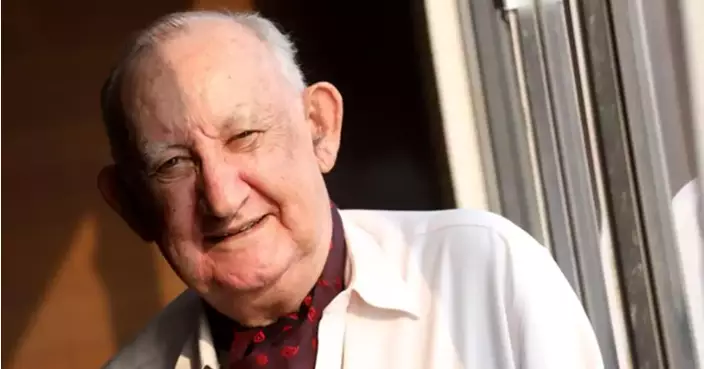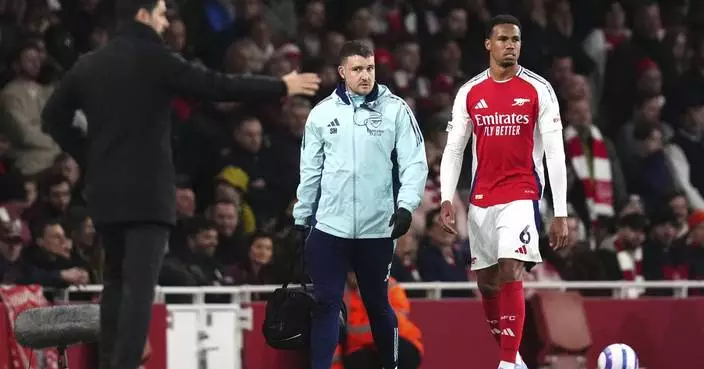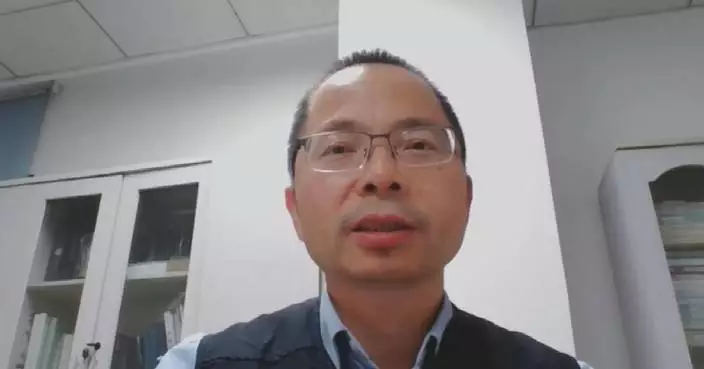NEW YORK (AP) — A New York City sightseeing helicopter broke apart and crashed into the Hudson River near the New Jersey shoreline, killing the pilot and a Spanish family of five who were on board.
Pieces of the aircraft could be seen floating in the river on Friday as divers searched for clues about what caused the Thursday crash. The National Transportation Safety Board is investigating. It's the latest in a series of recent aircraft crashes and close calls that have left some people worried about the safety of flying in the U.S.
Here’s what we know so far:
Witnesses described seeing the helicopter’s tail and main rotor breaking away and smoke pouring from the spinning chopper before it slammed into the water.
The helicopter took off from a downtown heliport at around 3 p.m. and flew north along the Manhattan skyline before heading south toward the Statue of Liberty. Less than 18 minutes into the flight, parts of the aircraft were seen tumbling into the water.
Rescue boats circled the submerged aircraft within minutes of impact, and recovery crews hoisted the mangled helicopter out of the water just after 8 p.m. using a floating crane.
The bodies were also recovered from the river, New York City Mayor Eric Adams said.
The victims included passengers Agustin Escobar, 49, his wife, Mercè Camprubí Montal, 39, and their three children, Victor, 4, Mercedes, 8, and Agustin, 10. Mercedes would have turned 9 on Friday, officials said.
Escobar, an executive at Siemens, was in the New York area on business, and his family flew in to meet him for a few days, Steven Fulop, mayor of Jersey City, New Jersey, wrote in a post on X. Photos on the helicopter company’s website show the couple and their children smiling just before taking off.
In a statement posted on the social platform X on Friday night by Joan Camprubí Montal, Montal’s brother, family members said there were “no words to describe” what they are experiencing.
“These are very difficult times, but optimism and joy have always characterized our family. We want to keep the memory of a happy and united family, in the sweetest moment of their lives,” he said. “They have departed together, leaving an indelible mark among all their relatives, friends, and acquaintances.”
The pilot was Seankese Johnson, 36, a U.S. Navy veteran who received his commercial pilot’s license in 2023. He had logged about 800 hours of flight time as of March, Jennifer Homendy, chair of the National Transportation Safety Board, told reporters Friday.
In the summer of 2023, Johnson announced on Facebook that he was flying a helicopter to fight fires for a Montana-based firm. In March this year, he changed his profile to an image of him piloting a helicopter with a view of One World Trade Center and the Manhattan skyline in the background.
His father, Louis Johnson, told The New York Times his son had moved to New York this year for “a new chapter in his life.”
On Saturday the NTSB said divers were still working to recover wreckage and investigators were evaluating the aircraft’s flight control system.
Its main fuselage and other parts were recovered, but authorities were using sonar to try to identify the remaining pieces.
The helicopter was not equipped with flight recorders, and no onboard video recorders had been recovered, NTSB said.
Hemendy said the NTSB would not speculate on the cause of the crash so early in the investigation.
The main and rear rotors of the helicopter, along with its transmission, roof and tail structures had still not been found as of Friday, she said.
“We are very factual, and we will provide that in due course,” she said.
Justin Green, an aviation lawyer and former Marine Corps helicopter pilot, said videos of the crash suggest that a “catastrophic mechanical failure” left the pilot with no chance to save the aircraft. It is possible the helicopter’s main rotors struck the tail boom, breaking it apart and causing the cabin to free fall, Green said.
Michael Roth, who owns the helicopter company, New York Helicopter, told The New York Post that he doesn't know what went wrong with the aircraft.
“The only thing I know by watching a video of the helicopter falling down, that the main rotor blades weren’t on the helicopter,” he said, noting that he had never seen such a thing happen in his 30 years in the business, but that, “These are machines, and they break.”
In the last eight years, the New York Helicopter has been through a bankruptcy and faces ongoing lawsuits over alleged debts. Phones rang unanswered at the company’s offices Friday.
In 2013, one of the company’s helicopters suddenly lost power in midair, and the pilot maneuvered it to a safe landing on pontoons in the Hudson.
FAA data shows the helicopter that crashed Thursday was built in 2004. According to FAA records, the helicopter had a maintenance issue last September involving its transmission assembly. The helicopter had logged 12,728 total flight hours at the time, according to the records.
At least 38 people have died in helicopter crashes in New York City since 1977. A collision between a plane and a tourist helicopter over the Hudson in 2009 killed nine people, and five people died in 2018 when a charter helicopter offering “open door” flights went down into the East River.
Thursday’s crash was the first for a helicopter in the city since one hit the roof of a skyscraper in 2019, killing the pilot.
Recently, seven people were killed when a medical transport plane plummeted into a Philadelphia neighborhood. The crash in January happened two days after an American Airlines jet and an Army helicopter collided in midair in Washington in the deadliest U.S. air disaster in a generation.
On Friday, three people were killed when a small plane crashed in South Florida near a major highway.
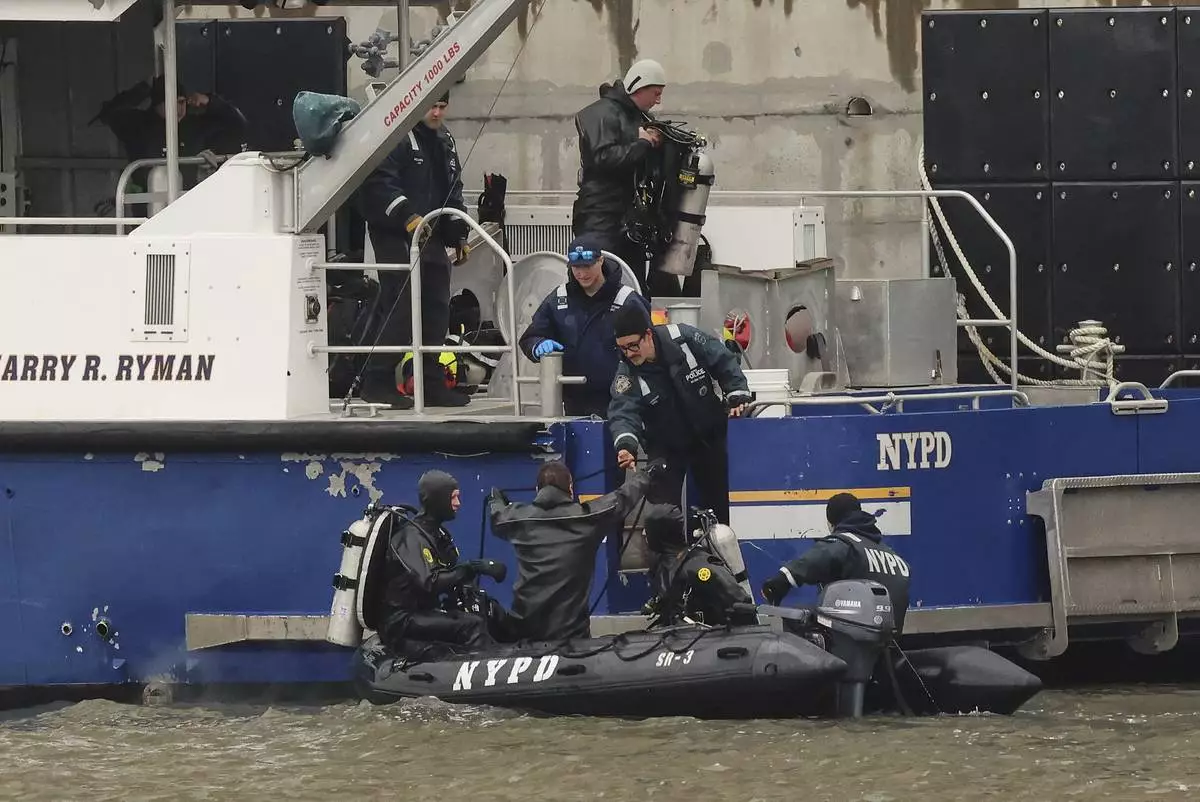
A New York Police Department scuba team exits the water, Friday, April 11, 2025, after diving at the site where a sightseeing helicopter crashed a day earlier into the Hudson River in Jersey City, N.J. (AP Photo/Yuki Iwamura)
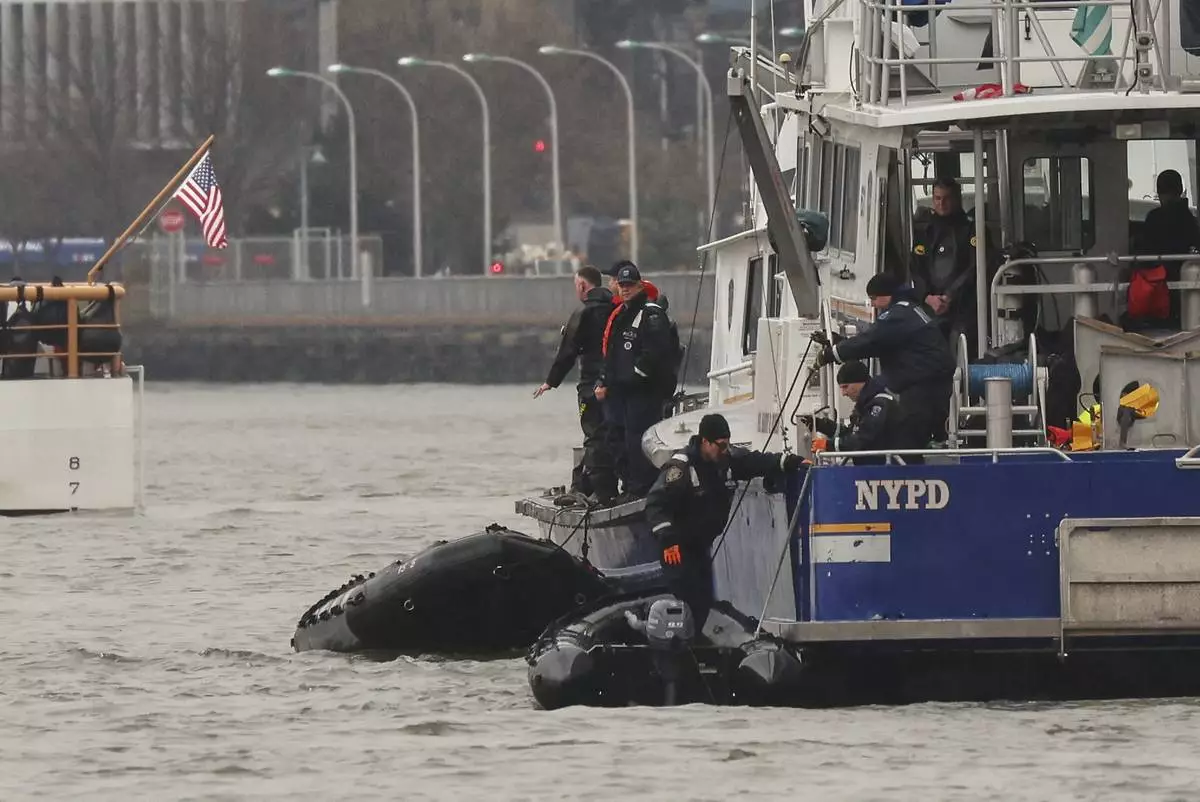
A New York Police Department scuba team prepares to dive, Friday, April 11, 2025, where a sightseeing helicopter crashed a day earlier into the Hudson River in Jersey City, N.J. (AP Photo/Yuki Iwamura)
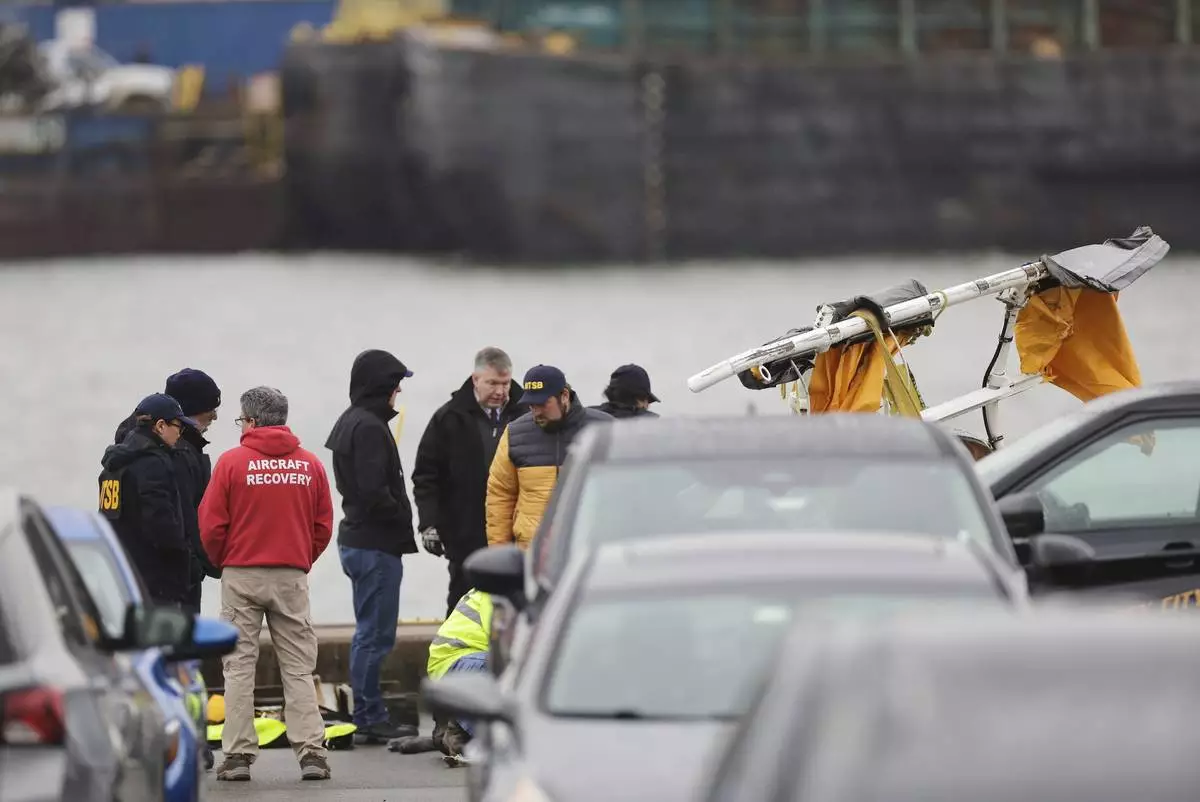
Investigators with the National Transportation Safety Board investigate the wreckage of a site seeing helicopter, Friday, April 11, 2025, that crashed into the Hudson River a day earlier in Jersey City, N.J. (AP Photo/Adam Hunger)



